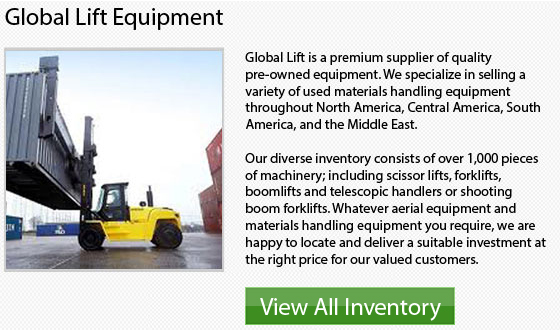
Counterbalance lift trucks are essentially lift trucks which are engineered with counterweight at the rear of the equipment. The counterweight works to balance the weight that the forks are carrying at the front of the load. This design is engineered to stabilize conventional lift trucks. When it comes to electric counterbalance lift trucks, the battery itself forms the counterweight.
Nearly every lift truck manufacturer would have in their product range, a counterbalance lift truck. These machines will come in a huge variety of fuel sources, configurations, and sizes. These forklifts can be equipped. They could work in diverse applications. These lift trucks are equipped with a range of accessories. Common attachments and options include: side shifts, hydraulic clamps, slip sheet attachments and fork shifts just to name a few.
The counterbalance forklift has in fact revolutionized the entire industry of material handling. These machines are vital to the shipping and receiving centers all over the world because they are used for stacking, loading, horizontal transport functions and unloading. The average warehouse forklifts are usually used for lift heights under 6 meters or 20 feet. There have been some recently designed models that are capable of lifting to heights 9.5 meters or 31 feet. The smaller 4000 pound or 1-1.8 ton forklifts are the main workhorses in the majority of warehouses. These are the most popular units that the majority of small companies would own. The typical warehouse counterbalance forklift is really a wide-aisle truck which requires around 11 feet or 3 meters to turn in.
What's more, the counterbalanced forklift is not necessarily confined to warehouse settings. They are normally utilized for carrying containers and heavy use along with basically every use in between. Counterbalance forklifts are the most versatile and widely used of all materials handling machinery.
The counterbalanced forklift is common in numerous working environments, such as production, retail and warehousing. This is because of their versatility and durability. Several of the industrial use include: timber, automotive, chemical and food industries.